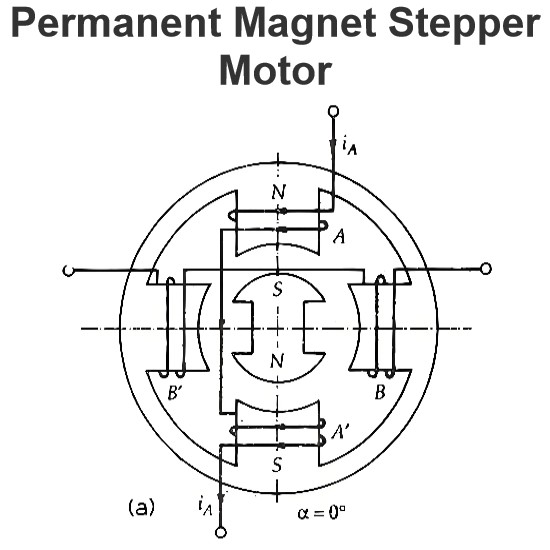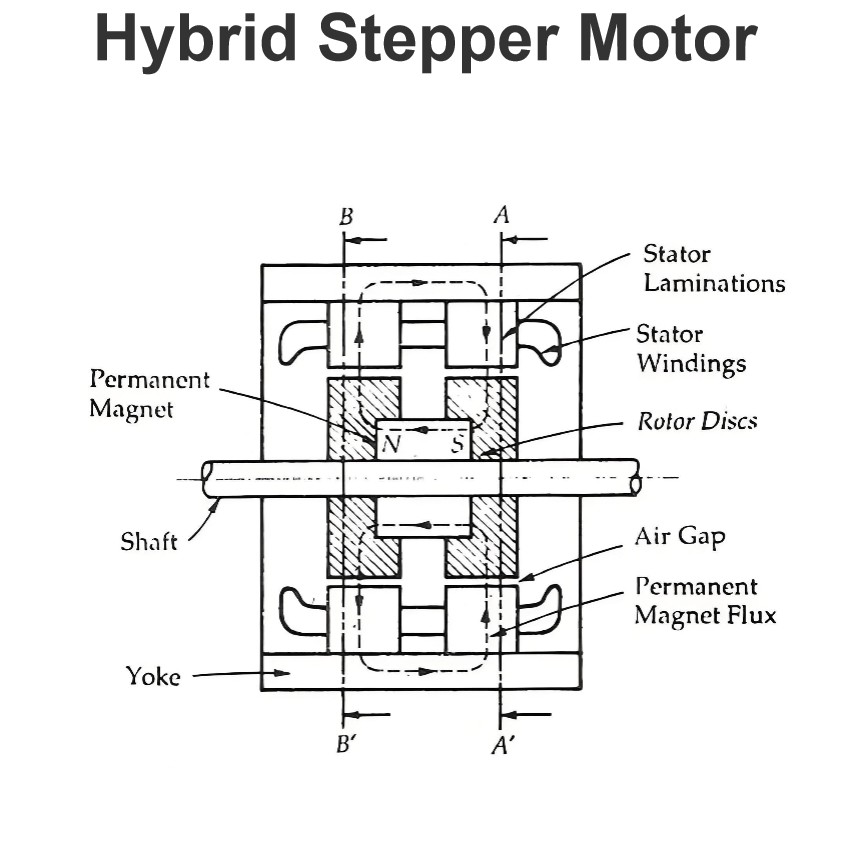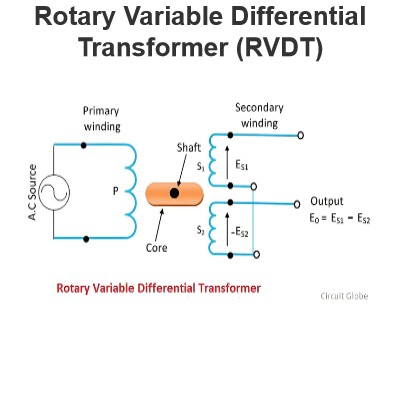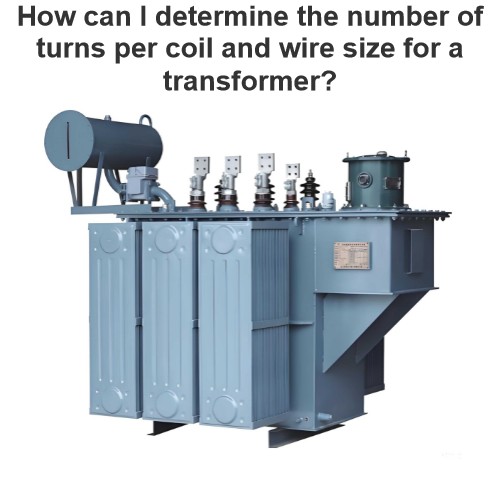What are the names of electronic components?
Names of Electronic Components
Electronic components are the basic building blocks of electronic circuits, and there are many types, each with specific functions and uses. Here are some common electronic components and their names:
1. Basic Passive Components
Resistor: Used to limit current or divide voltage.
Capacitor: Used to store charge and filter signals.
Inductor: Used to store energy and filter signals.
Transformer: Used for voltage transformation and isolation.
2. Semiconductor Components
Diode: Used for unidirectional conduction.
Transistor: Used for signal amplification or switching control.
Bipolar Transistor: NPN and PNP types.
Field-Effect Transistor (FET)
Metal-Oxide-Semiconductor Field-Effect Transistor (MOSFET)
Junction Field-Effect Transistor (JFET)
Thyristor: Used for high-current switching control.
Photodiode: Used to detect light signals.
Light-Emitting Diode (LED): Used for emitting light.
Phototransistor: Used to detect light signals and amplify them.
Integrated Circuit (IC): Multiple components integrated on a single chip.
Operational Amplifier (Op-Amp)
Microcontroller
Digital Logic Gates
Memory
3. Passive Components
Variable Resistor: Resistance value is adjustable.
Variable Capacitor: Capacitance value is adjustable.
Variable Inductor: Inductance value is adjustable.
Potentiometer: Used for voltage division or resistance adjustment.
Varistor: Resistance value changes with voltage.
Thermistor: Resistance value changes with temperature.
Photoresistor: Resistance value changes with light intensity.
4. Connection and Protection Components
Connector: Used to connect circuit boards and other components.
Relay: Used for remote control of switches.
Fuse: Used for overcurrent protection.
Circuit Breaker: Used for overcurrent protection.
Surge Protector: Used to protect circuits from transient voltage spikes.
5. Power Components
Battery: Provides direct current (DC) power.
Power Adapter: Converts alternating current (AC) to direct current (DC).
Voltage Regulator: Used to stabilize output voltage.
Switching Power Supply: Efficient power converter.
6. Sensors
Temperature Sensor: Detects temperature.
Pressure Sensor: Detects pressure.
Accelerometer: Detects acceleration.
Gyroscope: Detects angular velocity.
Magnetic Sensor: Detects magnetic fields.
Humidity Sensor: Detects humidity.
Proximity Sensor: Detects the presence of objects.
7. Display and Indicator Components
Liquid Crystal Display (LCD): Used to display text and images.
Organic Light-Emitting Diode (OLED): Used to display text and images.
Seven-Segment Display: Used to display numbers.
Indicator Light: Used for status indication.
8. Mechanical Components
Switch: Used to control the on/off state of a circuit.
Button: Used for manual control.
Relay: Used for remote control of switches.
Slide Switch: Used for manual control.
9. Oscillation and Filtering Components
Quartz Crystal Oscillator: Used to generate stable clock signals.
Ceramic Oscillator: Used to generate stable clock signals.
Filter: Used to filter out specific frequencies.
10. Special Components
Optocoupler: Used for signal isolation.
Relay Driver: Used to drive relays.
Driver: Used to drive high-current loads.
Encoder: Used for position or speed detection.
Decoder: Used for signal decoding.
Summary
There are numerous types of electronic components, each with specific functions and application areas. Understanding the names and functions of these components is crucial for designing and troubleshooting electronic circuits. Hopefully, the above list is helpful to you.
The Electricity Encyclopedia is dedicated to accelerating the dissemination and application of electricity knowledge and adding impetus to the development and innovation of the electricity industry.




